In the heart of every computer lies a motherboard, a complex and fascinating piece of technology that connects all the components together. Understanding motherboards is crucial for anyone looking to build, upgrade, or simply get more out of their computer. This article aims to demystify motherboards, breaking down their components, functionalities, and how they impact your computing experience. Whether you’re a seasoned tech enthusiast or a curious newcomer, this guide will provide you with a solid foundation in understanding motherboards.
Table of Contents:
– What is a motherboard?
– Key components of a motherboard
– How to choose the right motherboard
– The role of motherboards in computer performance
– Future trends in motherboard technology
What is a motherboard?
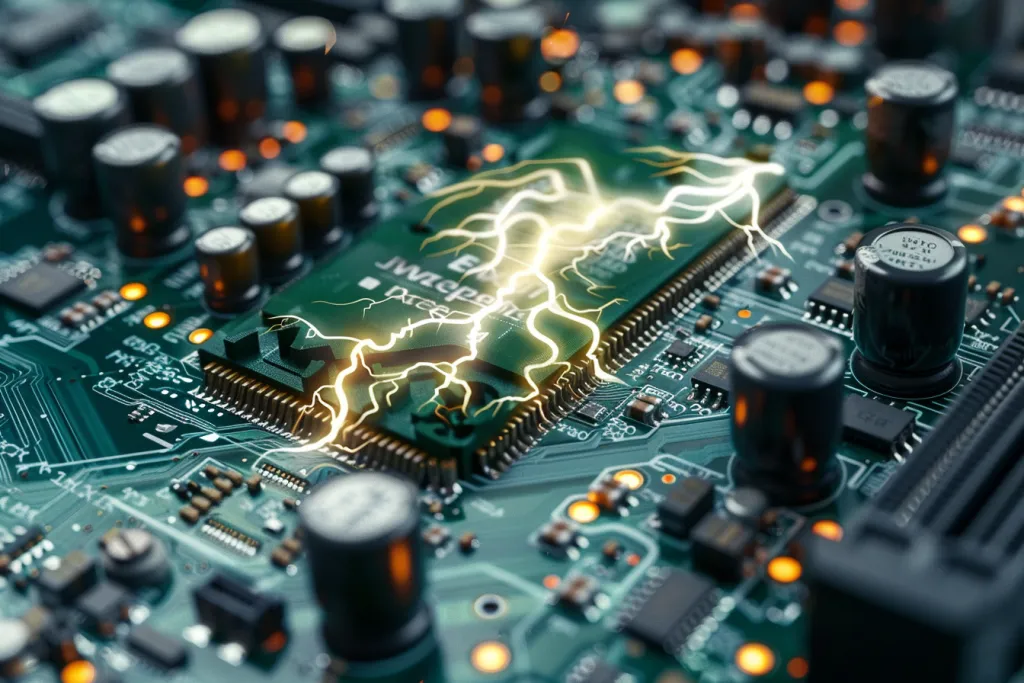
A motherboard is the backbone of a computer, a large circuit board that connects all the components, including the CPU, memory, storage, and peripherals. It’s responsible for the seamless communication between different parts of the computer, ensuring everything works together harmoniously. The design and layout of a motherboard can vary widely depending on its intended use, from compact models for small form factor PCs to larger boards designed for high-performance gaming or professional workstations.
Motherboards also come with a variety of sockets and slots, designed to accommodate different types of processors, memory modules, and expansion cards. This versatility is what makes the motherboard a critical piece in the customization and upgradability of computers. Understanding the specifications and capabilities of a motherboard is key to building a system that meets your specific needs, whether it’s for gaming, content creation, or everyday computing.
Key components of a motherboard
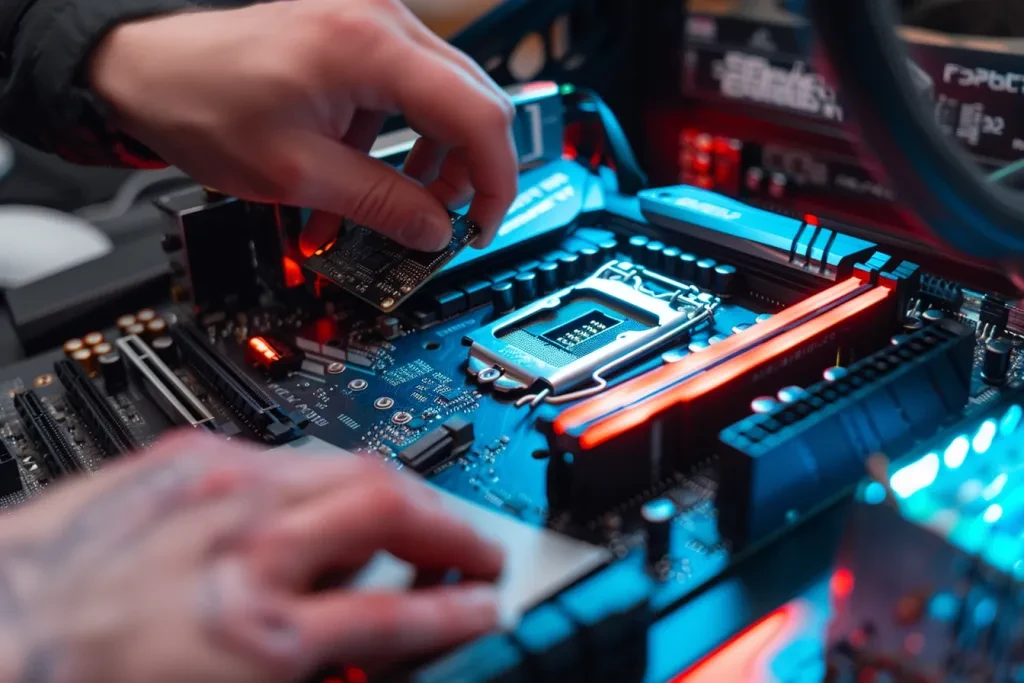
The motherboard hosts several key components that are crucial for the operation of a computer. The CPU socket is perhaps the most critical, as it determines what processor can be used with the board. Nearby, you’ll find RAM slots, which dictate the type and amount of memory the system can support. For storage and expansion, motherboards offer a variety of slots and connectors, including SATA for hard drives and SSDs, and PCIe for graphics cards and other high-speed devices.
Connectivity is another vital aspect managed by the motherboard, providing USB, Ethernet, and sometimes even Wi-Fi and Bluetooth options. This allows for a wide range of peripherals to be connected, enhancing the functionality of the computer. Additionally, motherboards include a BIOS or UEFI chip, which contains the firmware necessary to start the computer and offers settings for customizing and optimizing the system’s performance and behavior.
How to choose the right motherboard
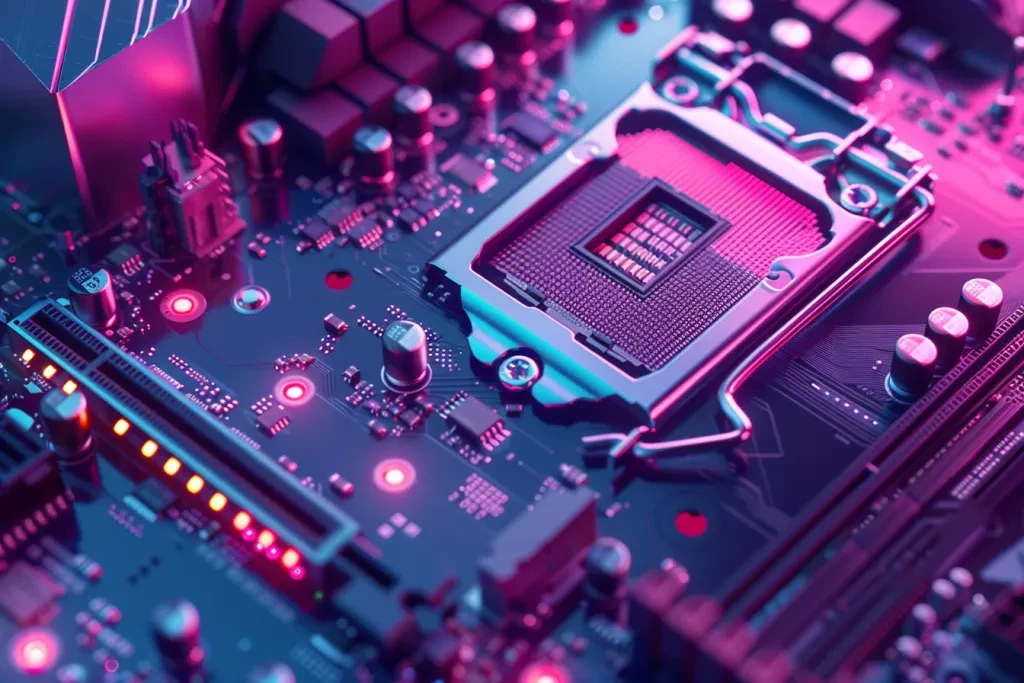
Choosing the right motherboard is a balancing act between your current needs and future expansion. Start by considering the processor you want to use, as this will narrow down your options to motherboards with the compatible socket. Next, think about how much and what type of memory you’ll need, as well as the number and type of expansion cards you plan to use.
It’s also important to consider the form factor of the motherboard, which should match your case size and layout preferences. Other features like built-in Wi-Fi, the quality of onboard audio, and the number of USB ports might also influence your decision. Lastly, take into account the manufacturer’s reputation for quality and customer support, as a reliable motherboard can serve as the foundation of your computer for years to come.
The role of motherboards in computer performance
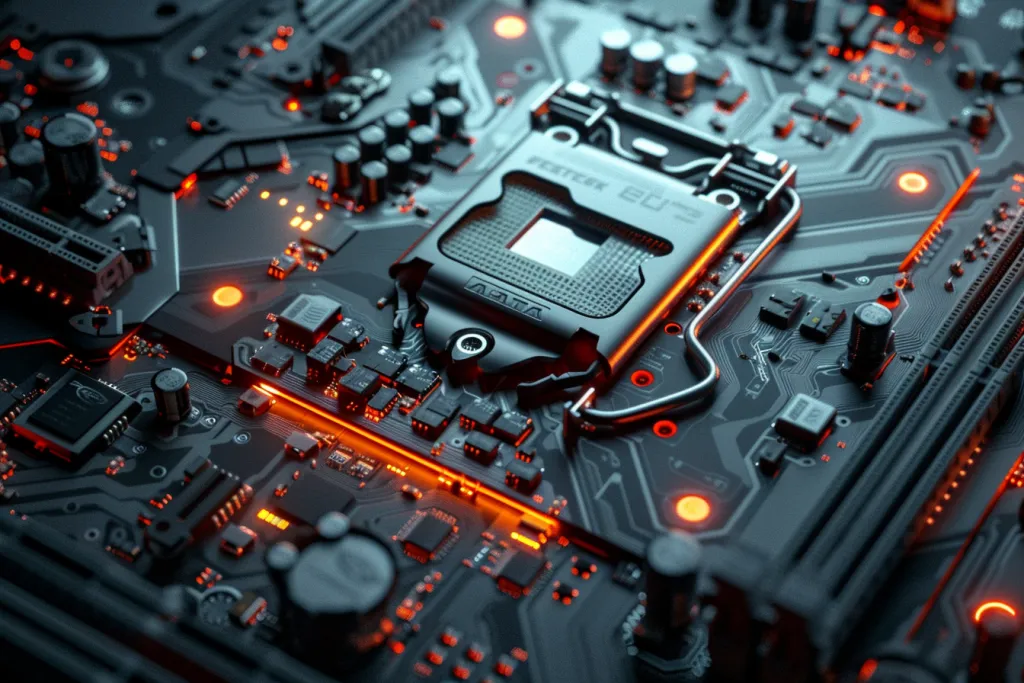
While the CPU and GPU often get most of the credit for a computer’s performance, the motherboard plays a crucial role in ensuring all components work efficiently together. High-quality motherboards offer better power delivery to the CPU and GPU, enabling them to run at peak performance without throttling. They also provide faster and more stable connections between components, reducing bottlenecks that can slow down your system.
For gamers and professionals who demand the most from their computers, motherboards with advanced cooling solutions and overclocking capabilities can offer significant performance benefits. By allowing for higher clock speeds and improved thermal management, these motherboards can help squeeze every last bit of performance from the system’s components.
Future trends in motherboard technology
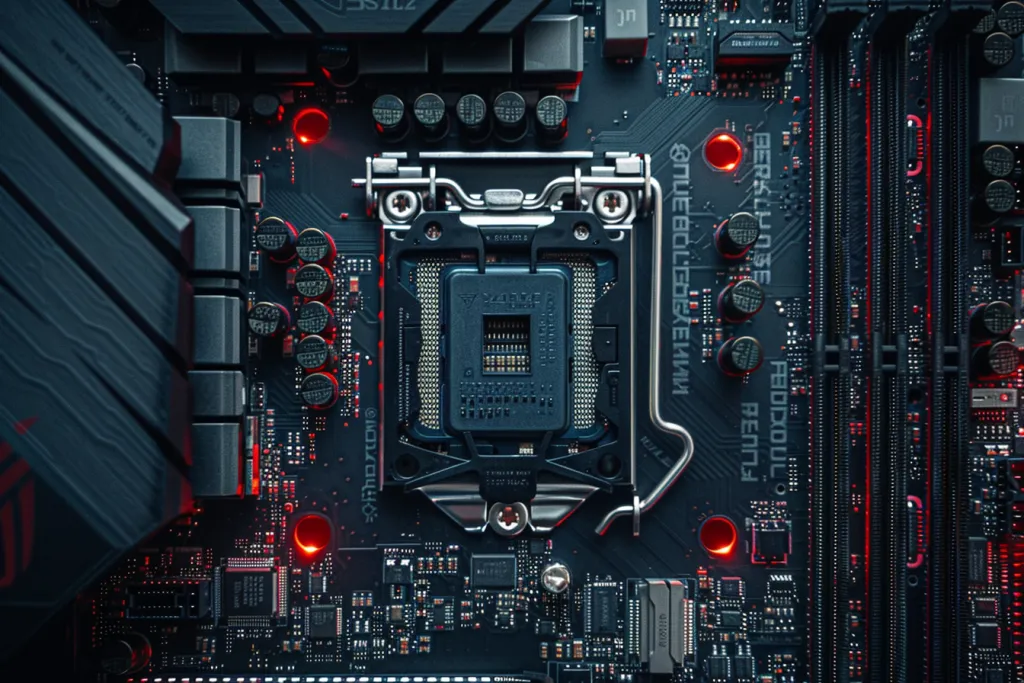
As technology continues to evolve, so too do motherboards. We’re seeing a trend towards more integrated features, such as built-in Wi-Fi 6 and 10 Gb Ethernet for faster networking, as well as improved audio and RGB lighting controls for a more immersive computing experience. Additionally, with the rise of SSDs and the need for faster data transfer speeds, motherboards are increasingly supporting PCIe 4.0 and even PCIe 5.0, offering unprecedented bandwidth for storage and graphics.
Another exciting development is the integration of AI-enhanced features, from intelligent cooling systems that adjust fan speeds in real-time to AI noise cancellation for clearer voice communication during gaming or video calls. As these technologies mature, we can expect motherboards to become even more central to the computing experience, driving innovation and performance in the years to come.
Conclusion
Motherboards are the unsung heroes of the computing world, providing the foundation upon which all other components rely. Understanding the key aspects of motherboards, from their components and functionalities to how to choose the right one, is essential for anyone looking to build or upgrade a computer. As technology advances, the role of the motherboard in enhancing performance and enabling new features will only grow, making it an exciting time to be a tech enthusiast.



